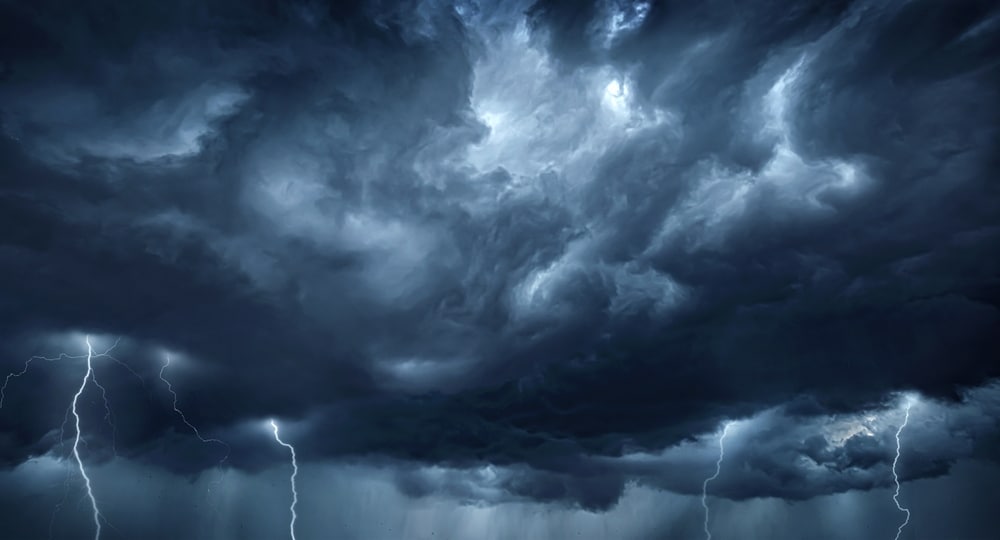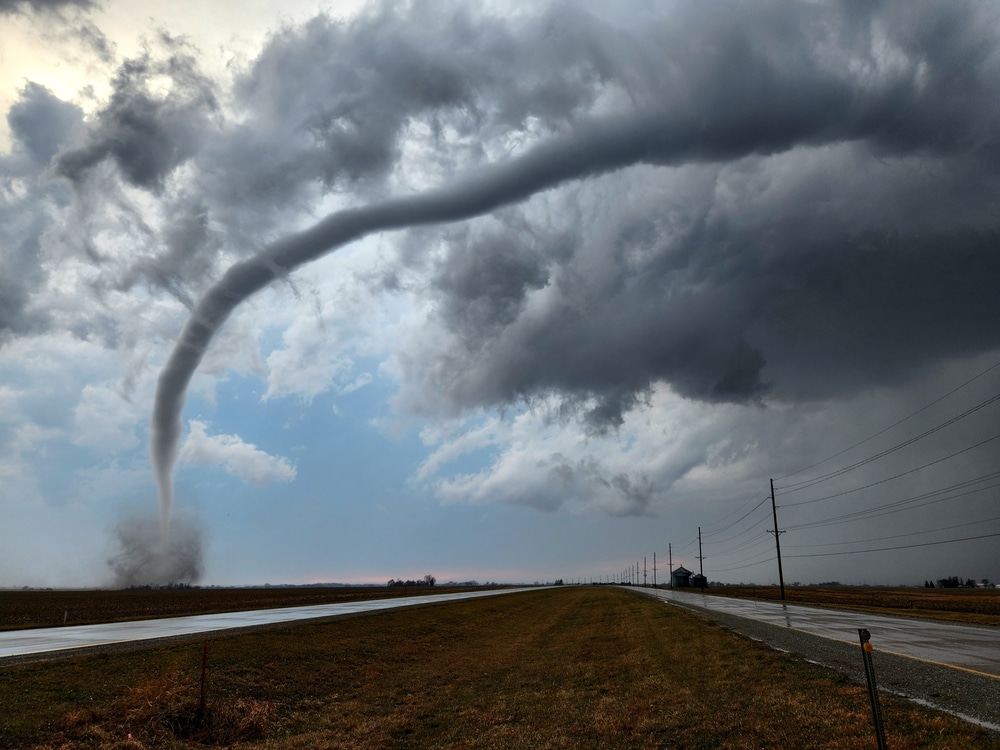Hot on the heels of a drenching storm and a low-end atmospheric river that affected California from Wednesday to Thursday, a more potent storm and high-end atmospheric river will roll ashore Saturday night and Sunday with major impacts that will threaten lives, property and travel into next week, AccuWeather meteorologists continue to warn.
Public awareness and storm readiness are strongly encouraged as life-threatening conditions may evolve in some communities.
“Roughly 94% of California’s population, up to 37 million people, is at risk for flooding, some of which can be life-threatening. Due to the numerous mountains and hills, even just a few inches of rain can cause significant flooding,” AccuWeather Senior Director of Forecasting Operations Dan DePodwin stated.
“The greatest risk of a widespread flooding disaster is expected across the canyons and hills of Southern California, especially in Ventura, Santa Barbara and Los Angeles counties,” DePodwin added.
The new storm, packing much more moisture, will hit only a couple of days after the first storm soaked and saturated much of the state, runoff will be rapid and potentially dangerous and destructive, especially in portions of Southern and Central California, where most of the new rain is likely to fall.
The Los Angeles area, San Diego and especially Santa Barbara, California, will be hit hard by the storm.
“The heaviest rain and greatest risk of dangerous conditions is likely along the east-west transverse mountains in the southern part of the state,” AccuWeather California Expert Ken Clark said, adding, “However, problematic heavy rain will fall throughout the Coast Ranges and the west-facing Sierra Nevada foothills below the snow level.”
Motorists may need to add extra time for commutes and seek alternate routes, as some roads may be flooded or blocked by mud and rocks from Sunday to midweek.
With many reservoirs at or near full capacity from last winter’s storms and spring thaw, runoff from the new rain must be released rather than absorbed. Flooding along some of the unprotected areas of the major rivers is anticipated as runoff flows into progressively larger streams next week.
AccuWeather meteorologists believe that snow levels from the storm will remain above the major Southern California passes along Interstates 5, 10 and 15. However, secondary roads that traverse the high country could become blocked by heavy snow.
Strong winds will be another significant storm impact, especially near the coast and in the mountains.
Winds this strong can lead to significant tree damage and trigger travel delays along highways and at area airports. The soggy soil and waterlogged trees can lead to significant power outages as winds kick up in the region.
“In addition to the heavy snow, strong winds can lead to life-threatening blizzard conditions in the mountains,” AccuWeather Senior Meteorologist Bill Deger said.
It may take the rain and snow from the blockbuster storm until Wednesday afternoon to clear California.
From Tuesday to Wednesday, areas of drenching low-elevation rain and road-clogging mountain snow will occur as the storm swings across the interior western United States.
A smaller, trailing storm will likely spread another dose of low-elevation rain and mountain snow from north to south across the state from Thursday to Friday.
While this storm will be moving along at a swift pace and will not pack the moisture of the blockbuster storm, it can add insult to injury by not only hampering storm cleanup but also triggering new incidents of flash flooding, slippery roads in the mountains and slow travel.
At the conclusion of the storm train packing atmospheric rivers late next week, rainfall of 1.5 to 2 times that of the historical average from Oct. 1 is likely over much of the state.
The Sierra Nevada snowpack that has been lagging behind the historical average at the start of February should end up back on track and may swing above the routine pace.


















